If you’ve ever nervously watched water drip from your apartment ceiling, or have nearly set your oven ablaze by neglecting a tray of chicken fingers, you’ve probably found comfort in your tenant’s insurance coverage. Homeownership is no different — something will inevitably burst, break or leak, and you’ll want the safety of home insurance for when accidents happen.
“Home insurance is always a good idea as it ensures all the things you value most are covered in case of a loss,” says belairdirect spokesperson, Jennifer Beck.
While home insurance isn’t mandatory by law in Canada, opting for coverage is one measure of defence against potential damages and unforeseen events — fire, severe storms, burglary and acts of God. Yet, as a new buyer, picking a home insurance policy is not like choosing other kinds of insurance; it’s a challenge to determine the exact coverage you’ll need for a home you’ve never lived in before.
“For home insurance, until you buy the property or put an offer in, you don’t necessarily know some of the issues — the age of the home, the wiring system, when the roof was last done,” says Pete Karageorgos, the Insurance Bureau of Canada’s Director of Consumer and Industry Relations for Ontario. “Those are all important factors that contribute to the final cost of insurance. In many cases you won’t know what those are until you’re buying.”
If you’re shopping around for your first home, here are a few tips to keep in mind when applying for your first insurance policy.
1. Even the broadest coverage will have some gaps. Know those gaps!
As with all contracts, it’s important to understand the terms of your coverage, right down to the nitty-gritty.
Insurance providers will offer a range of plans for you to choose from, starting from a basic no-frills policy with the least amount of coverage, up to comprehensive packages that cover all risks to your home and its contents. Home insurance will cover the expenses of damage, loss or theft to the inside and outside of your property, your possessions, and accommodation costs if you can’t return to your home right away. Insurance will also protect you from the expenses of damage or injury to others who are visiting your home, like if someone delivering a package slips and falls off of your porch.

Karageorgos explains that homebuyers need to read closely to understand what they’re covered for, especially if they opt for a named peril insurance policy — a plan that lists specific hazards or events that will exclusively receive coverage. Any potential hazard not listed on the policy could cost you.
“It’s unfortunate when someone does have a claim and realizes they didn’t have the right coverage,” says Karageorgos. “That’s why it’s important to understand the insurance coverages available, because some companies will offer optional insurance for those things, and consumers need to understand what the risks are.”
Karageorgos points to water damage as one of the main culprits for this. Canada has seen a rise in severe weather insurance claims, with insured damage reaching $1.9 billion nationwide in 2018, according to a report by Catastrophe Indices and Quantification Inc. Karageorgos finds that homeowners can overestimate the extent of their insurance. Even an all-risks policy, which provides the broadest coverage, might have conditions or only cover the most likely perils.
“Homeowners sometimes, especially new homeowners, take it for granted when they see that you’re covered for water damage and assume that water damage includes a whole list of things from burst pipes to flooding,” he says.
Karageorgos recommends talking with a home insurance professional to understand the depth of coverage you’ll receive for named policy perils.
2. Brush up on your history
An insurance provider takes several factors into account when determining your premium, which is the amount you’ll pay for the insurance. This will range from the characteristics of your home and neighbourhood, to your policy of choice. A provider will also factor in your deductible, which is the amount of your claim you’ll pay out first before your insurance company. The age of your home is one of the most important aspects to analyze, Karageorgos says, when it comes to insurance policies.
“The age of the property, the size of the property, how old the property is does make a difference because today’s building standards may be different,” he says. “From the insurance companies perspective, they may recognize that an older home may require greater costs to rebuild if it’s damaged by an event.”
Many policies provide coverage on a replacement cost basis, meaning they will either repair the existing item or replace it with a similar new item. In older homes, this is important as providers will need to consider old building and fixture standards compared to current ones. In some situations, Karageorgos says, insurance companies may have difficulty insuring older homes that don’t meet the structural demands of modern living, especially when it comes to electrical needs.
“There’s a lot more appliances, a lot more electronics in the home today,” he says. “They want to make sure the electrical system is appropriate for the type of use and appliances that homeowners are plugging in today.”
Karageorgos advises working with insurance professionals to determine the appropriate coverage for your home, especially if it was built prior to current codes.
3. Reno’d recently? Make sure you report it
If you’ve bought a fixer-upper or are planning to do some renovations down the road, you’ll need to keep your insurance provider in the loop.
“In the event the homeowner makes a change such as a renovation or installing a pool, they should inform their insurance provider to confirm they have the right coverage,” says Beck. “This will help ensure they always have the coverage they need and there are no surprises in the future.”
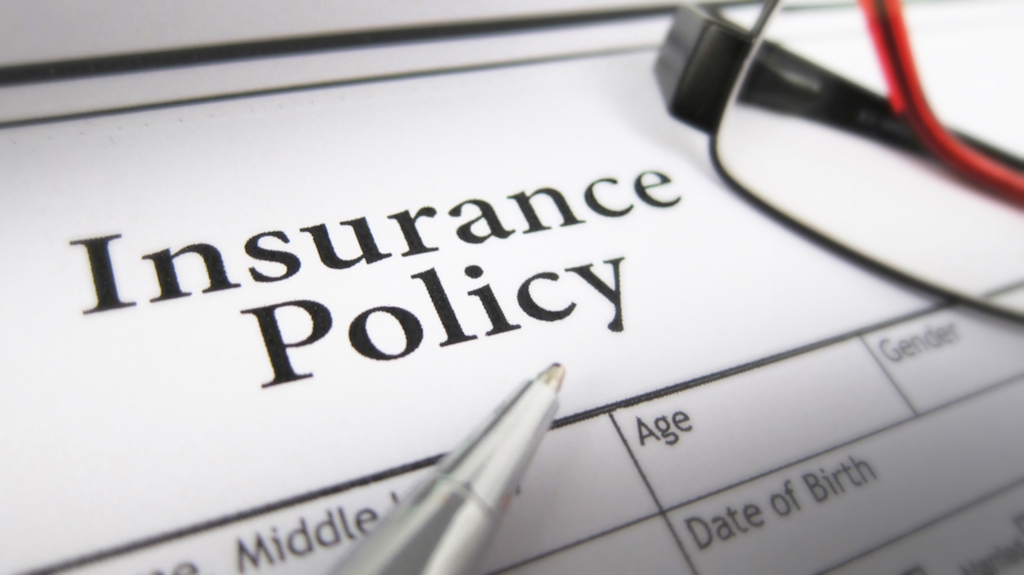
Karageorgos says that while insurance policies are typically reviewed annually, any major investment to your home is worth reporting. Otherwise, when you file your claim, your provider may only reimburse the old value of the item you’re making the claim on.
“If you increase the value of your home, you also need to let your insurance company know because that value that you originally bought the house for may be different now,” says Karageorgos.
This also applies to any added square footage in the home. If you’re building an addition, or finishing a basement, Karageorgos advises letting your insurance provider know that you’ll be needing coverage for these new areas too.
4. Cut costs, not corners
Homebuying isn’t cheap. Once you add up the lawyer’s fees, moving costs and land transfer taxes, you may feel like there’s little leftover. But Karageorgos warns not to skip over using professional services like realtors and home inspectors during the homebuying process just to save a few dollars.
“Sometimes we try and do things on our own, but it’s always best to seek out some professional advice, especially with protecting your most expensive asset, the most expensive thing you can buy, which is your home,” he says. “It’s beneficial to get some professional advice, to get the right coverages, to have someone you can ask questions to and get answers to as opposed to doing it yourself.”
Neglecting to get professional insight on the integrity of your home could backfire. When buying a resale property, a home inspection can uncover problematic construction, poor renovations or missing permits. By fully disclosing the conditions of a home to an insurance provider before filing a claim, a provider can make the best assessment for repairs and rebuilding.
“Insurance companies are obligated to rebuild something that is lawful and in good standing. It makes no sense for a homeowner to rebuild a property if you’re just going to have the municipality or local government deny you an occupancy permit because it wasn’t built to code,” says Karageorgos.
If you’re looking to save costs, Beck and Karageorgos recommend bundling your home insurance with other insurance policies, such as health and auto, under the same provider. In some cases, providers may offer you a discount for streamlining your plans together. Beck says you can also try opting for a higher deductible to lower your monthly payments.










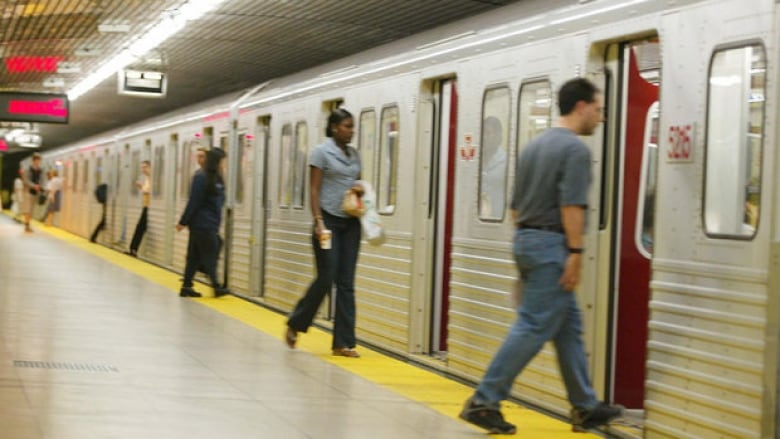

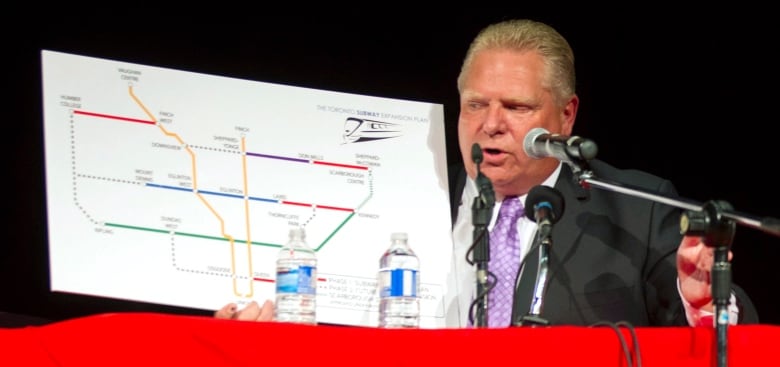

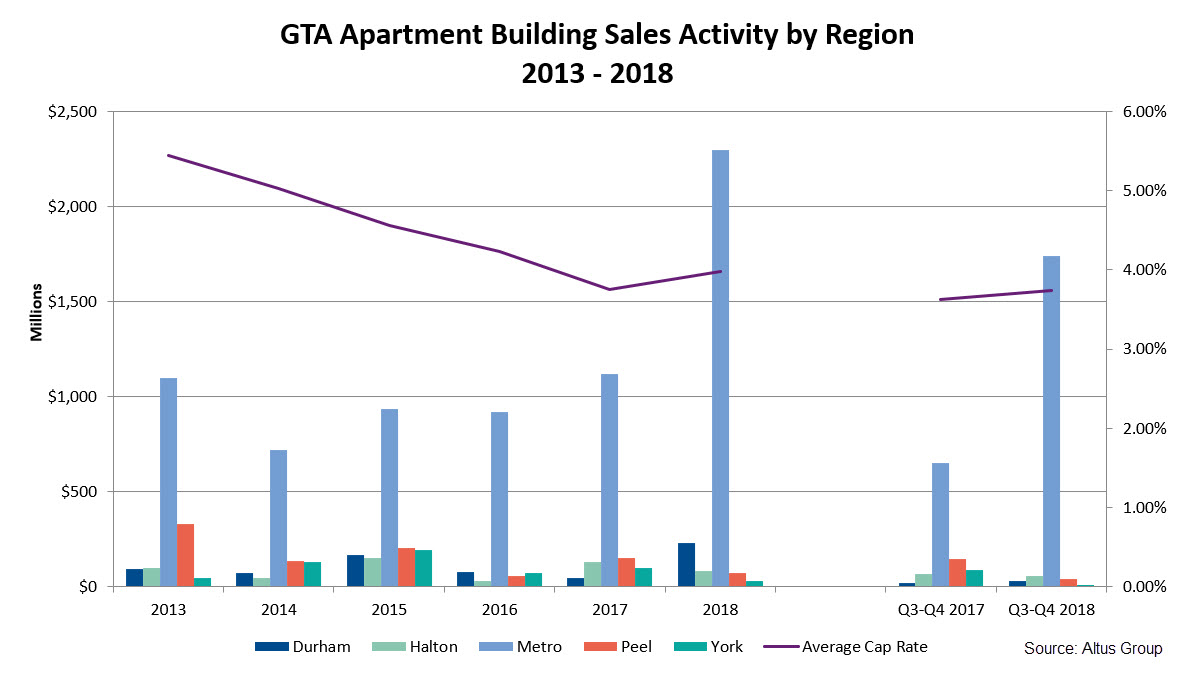
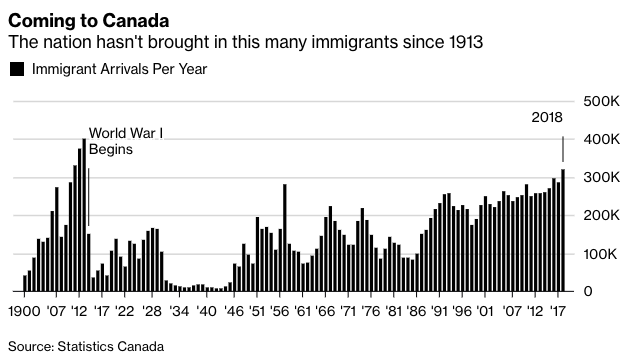
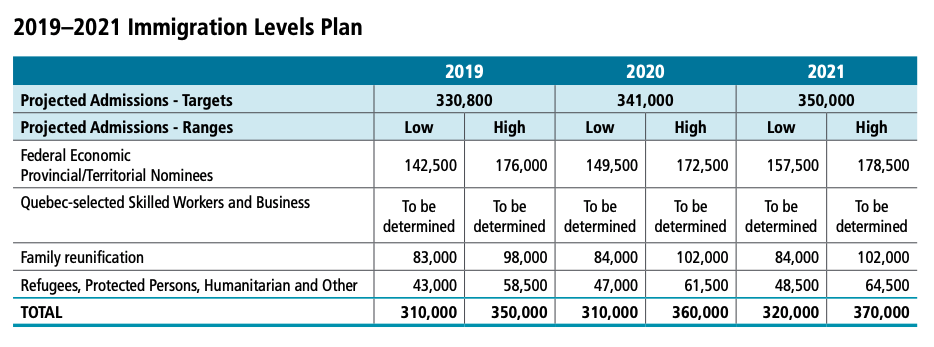
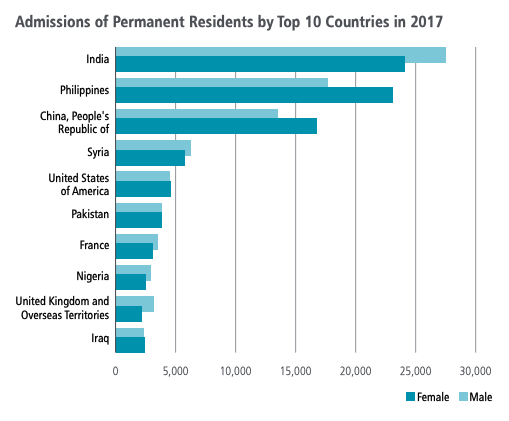
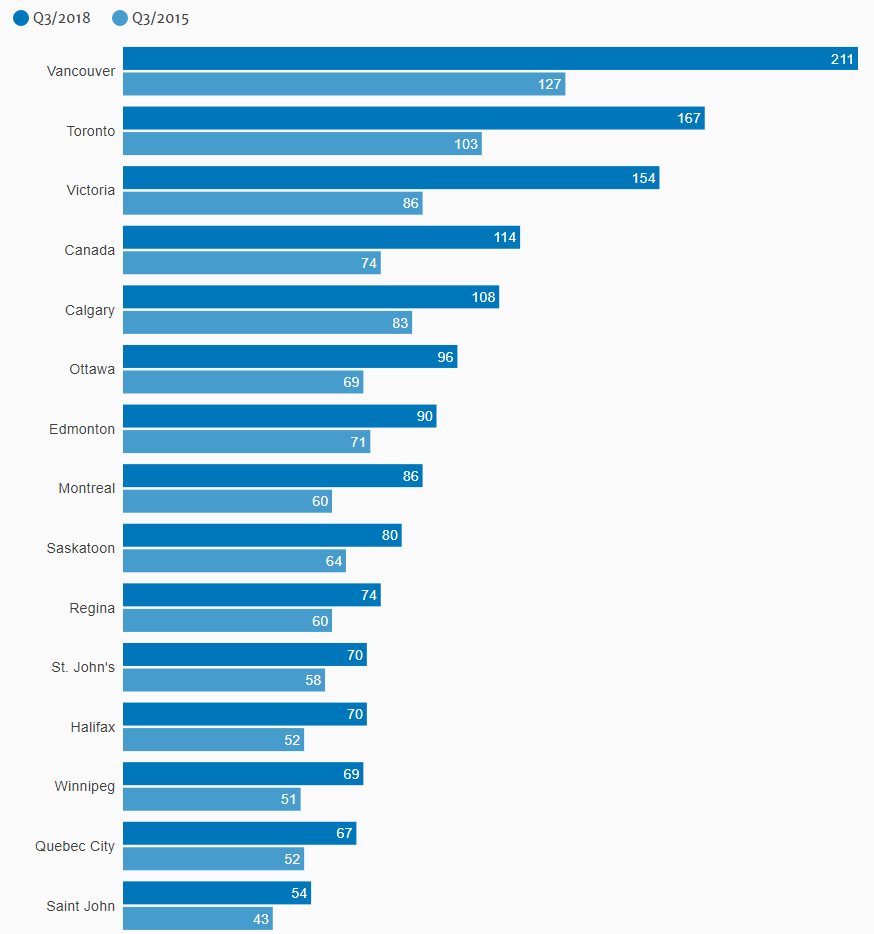
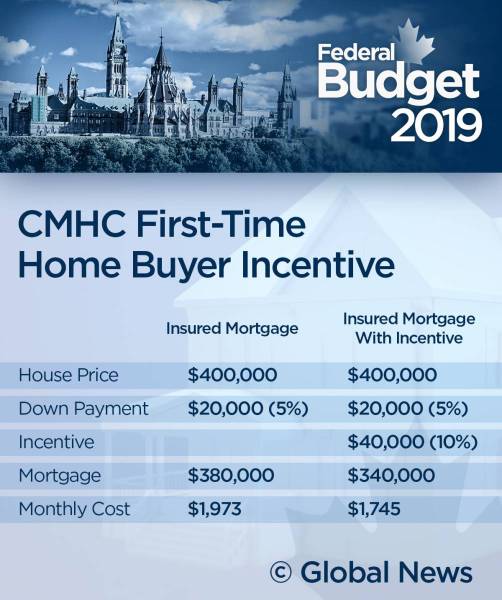


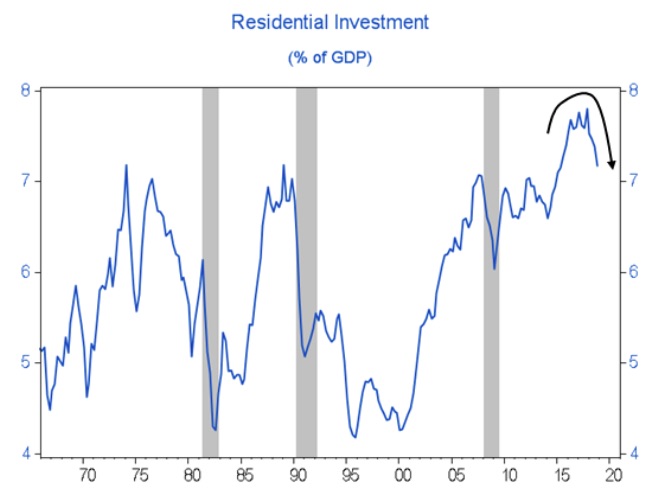
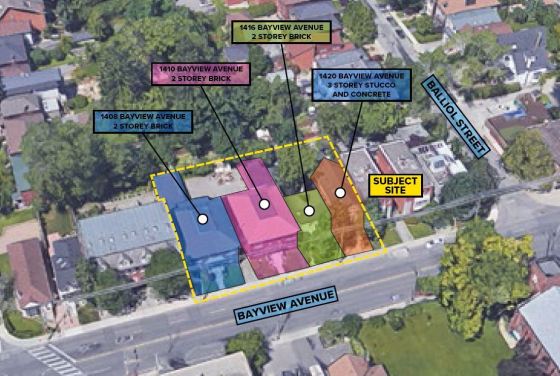

 Maziar Moini, Broker of Record - Home Leader Realty Inc.
300 Richmond St. W., #300, Toronto, ON M5V-1X2
Maziar Moini, Broker of Record - Home Leader Realty Inc.
300 Richmond St. W., #300, Toronto, ON M5V-1X2

